The "Silk Road" of Hang Dao Street is only 260 m long (from Hang Ngang Street to Dong Kinh Nghia Thuc Square) and is one of the oldest and busiest streets in Hanoi .
In the 15th century, the people of Dan Loan village (now in Hai Duong province) came to live here and established Hoa Loc market specializing in dyeing and trading silk fabrics. (Currently, 90A Hang Dao is Hoa Loc Thi temple worshiping the founder of the dyeing profession, established by 7 families of Dan Loan village who came here to do dyeing).
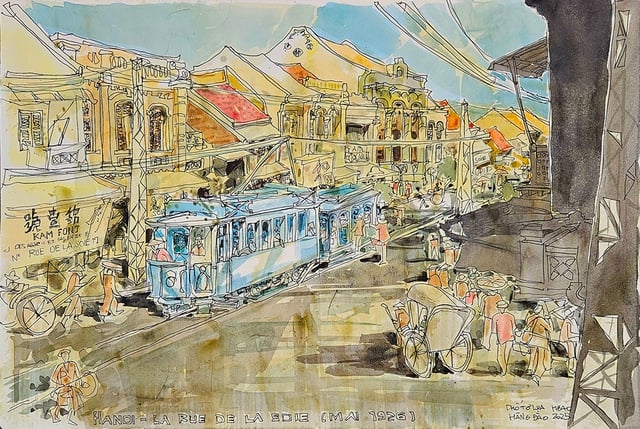
Silk Street in 1926 - sketch based on documentary photos by Architect Bui Hoang Bao
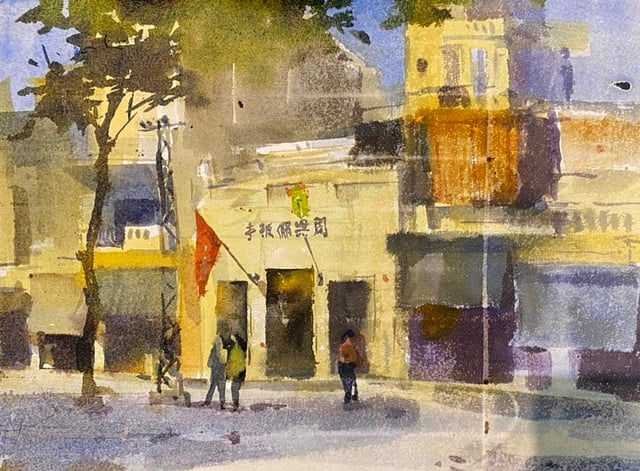
Dong Lac Communal House - sketch by architect Nguyen Khanh Vu
Some documents say that because they specialized in dyeing red and pink (peach blossom color), the name Hang Dao was born from that. Nguyen Trai's geography book in the 15th century also recorded "Hang Dao ward dyes cashew" (cashew fruit has pink flowers, red seeds used for dyeing). Hang Dao street at that time became the silk center of Thang Long.
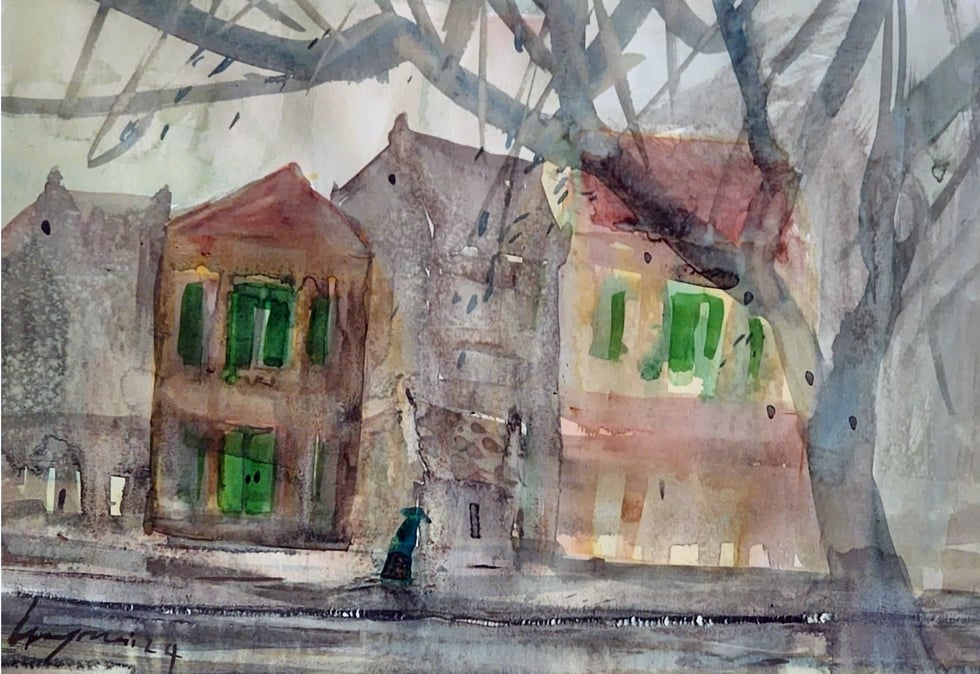
Afternoon alone on the street - painting by architect Phung The Huy
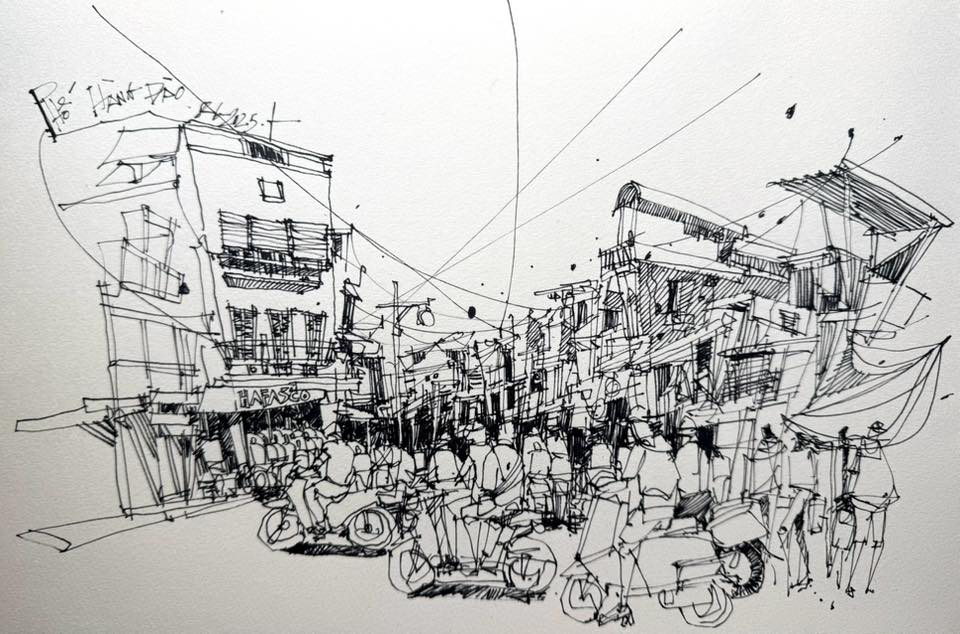
Street corner - sketch by artist Ngoc Nguyen

Street corner - sketch by artist Ngoc Nguyen
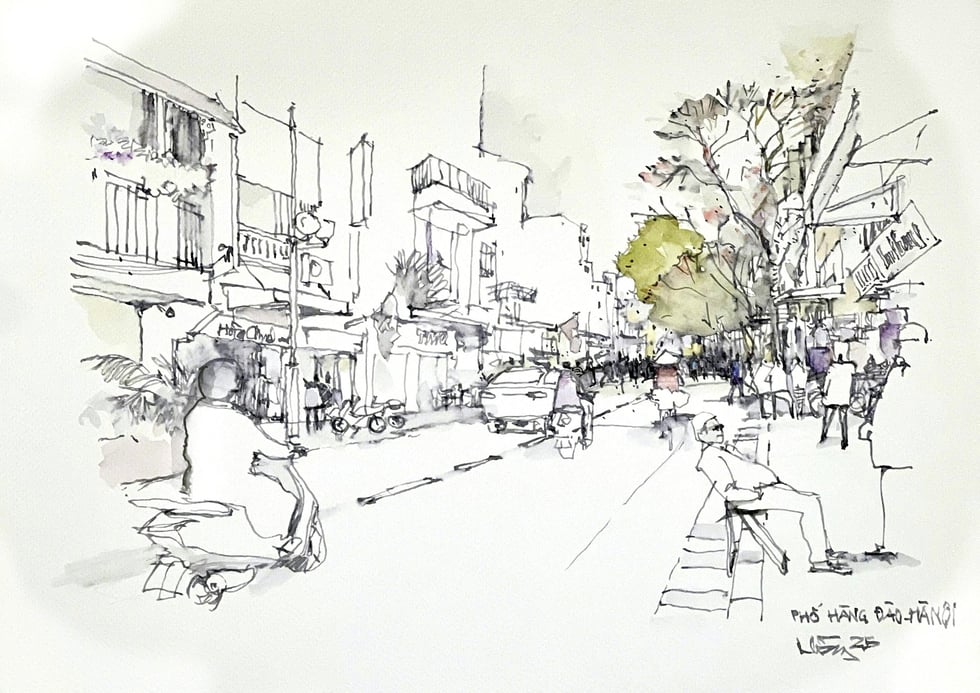
Winter on Hang Dao Street - sketch by architect Tran Xuan Hong
In the early 20th century, this street was renamed Rue de la Soie (Silk Street). The Bo Ho - Hang Dau tram line also passed through this street. In 1945, the street was renamed Hang Dao Street.
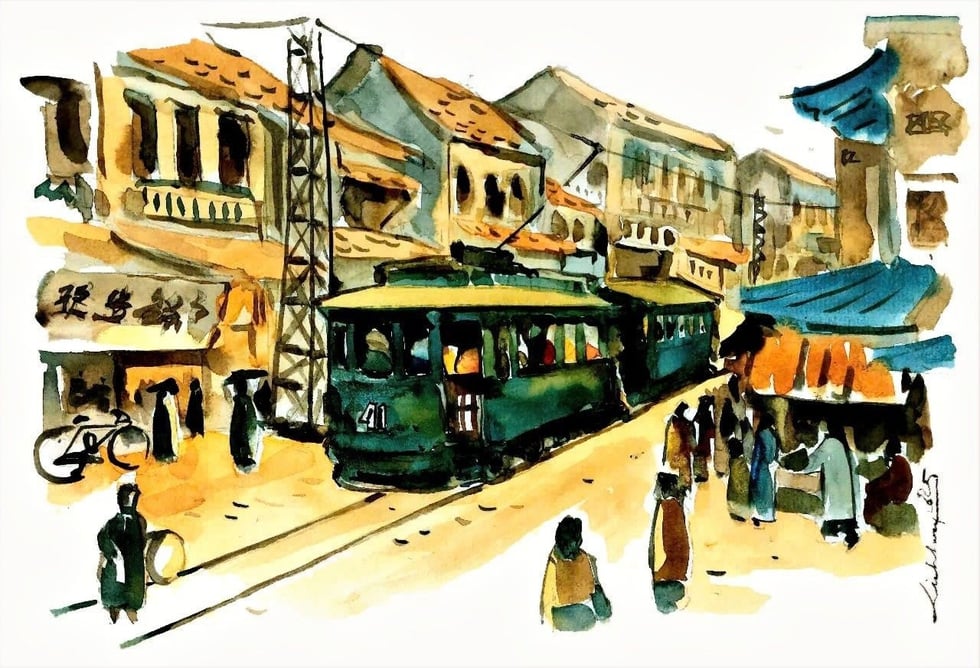
Tram on Hang Dao Street in the early 20th century - sketch based on documentary photos by architect Linh Hoang

No. 19 Hang Dao - sketch by Architect Bui Quan
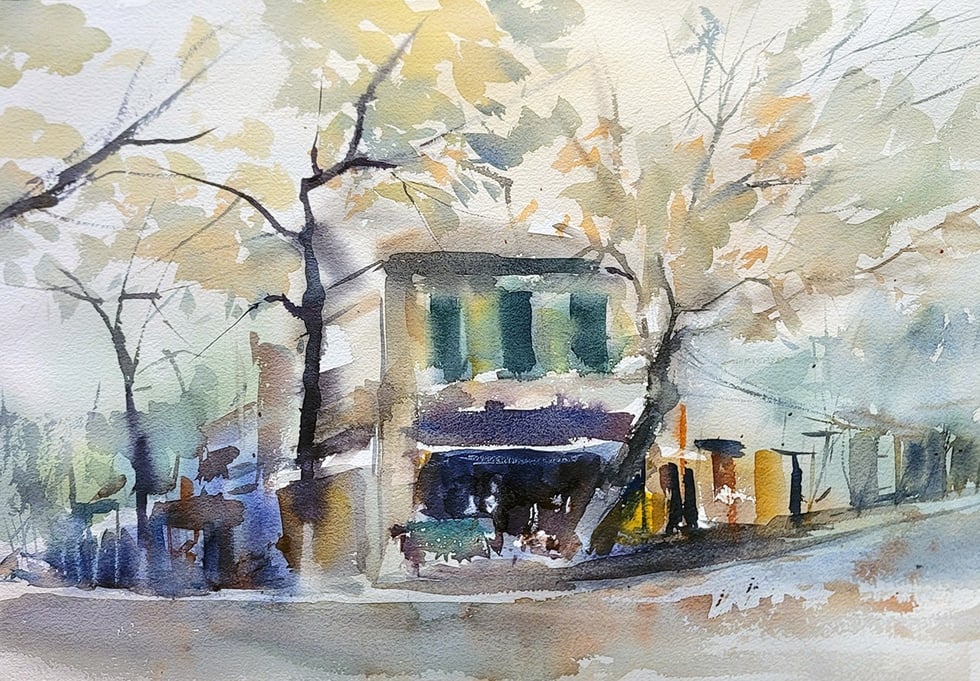
Small Street - sketch by architect Hoang Dung
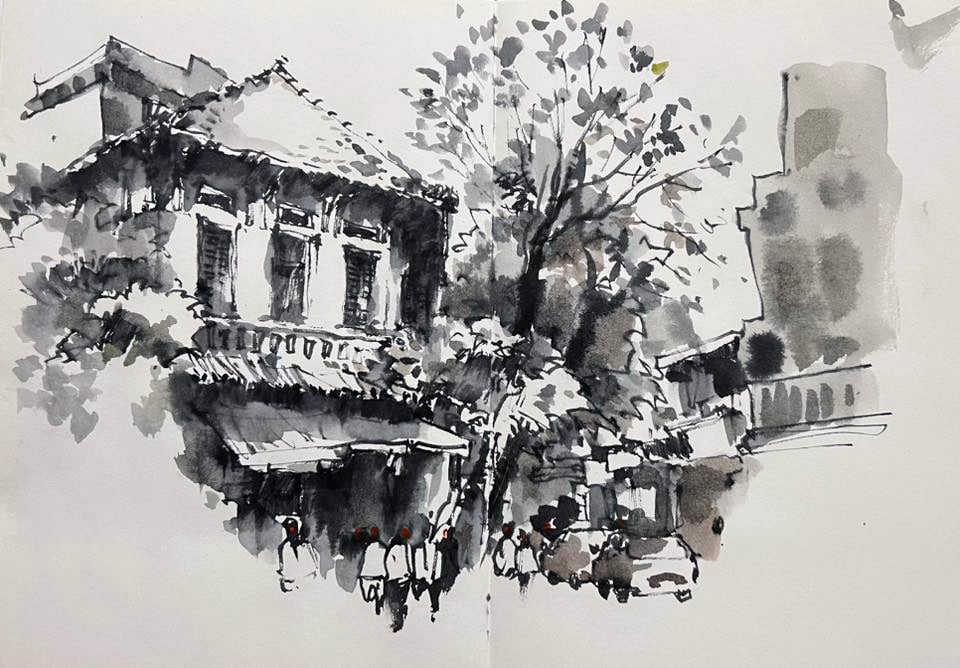
Hang Dao Street - sketch by architect Phan Dinh Trung
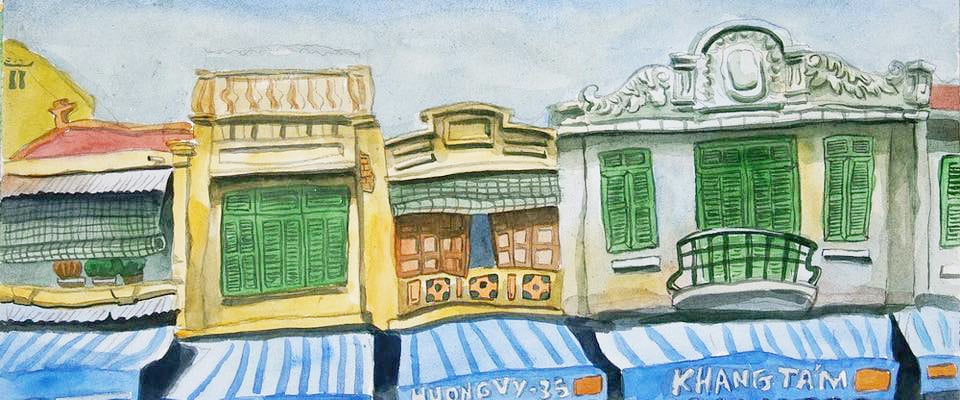
Old houses on Hang Dao street - sketch by artist Tran Binh Minh
This street still preserves many historical and cultural stories. Number 10 Hang Dao used to be Dong Kinh Nghia Thuc School, where Mr. Luong Van Can and other patriotic scholars taught free of charge the national language, history, and progressive ideas to enlighten the people. Number 38 Hang Dao is a national historical and cultural relic - Dong Lac communal house from the 17th century (in 1941, it was rebuilt with two floors, and the communal house was moved to the 2nd floor). In the communal house, there is a stone stele from 1856 (under King Tu Duc) which reads: "The market communal house sells silk shirts... built during the Le Dynasty".

People on Hang Dao Street bail water out of a bomb shelter built right on the sidewalk (1972) - sketch based on a documentary photo by Architect Linh Hoang
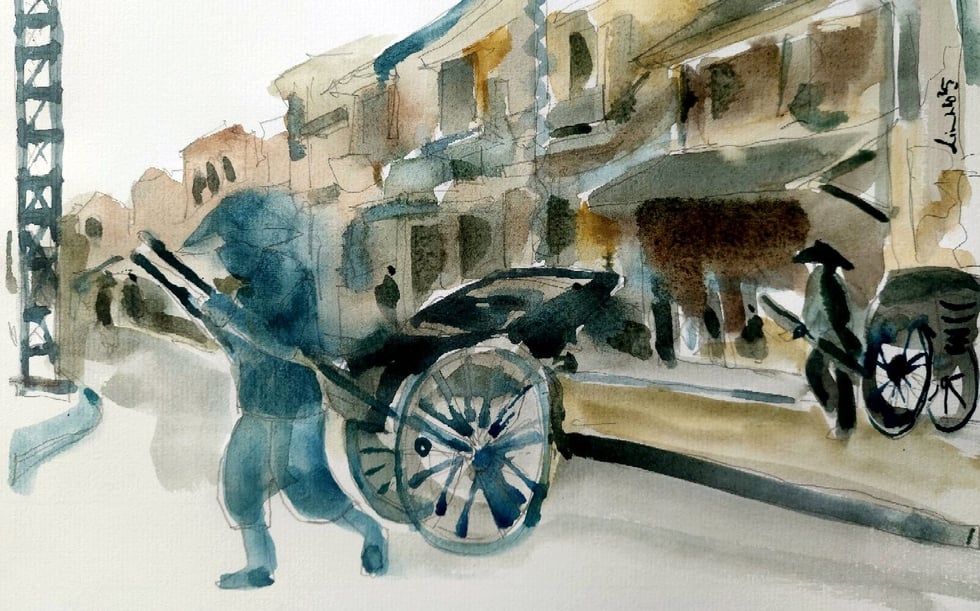
Pedicab pullers on Hang Dao street in 1928 - sketch based on archival photos by architect Linh Hoang
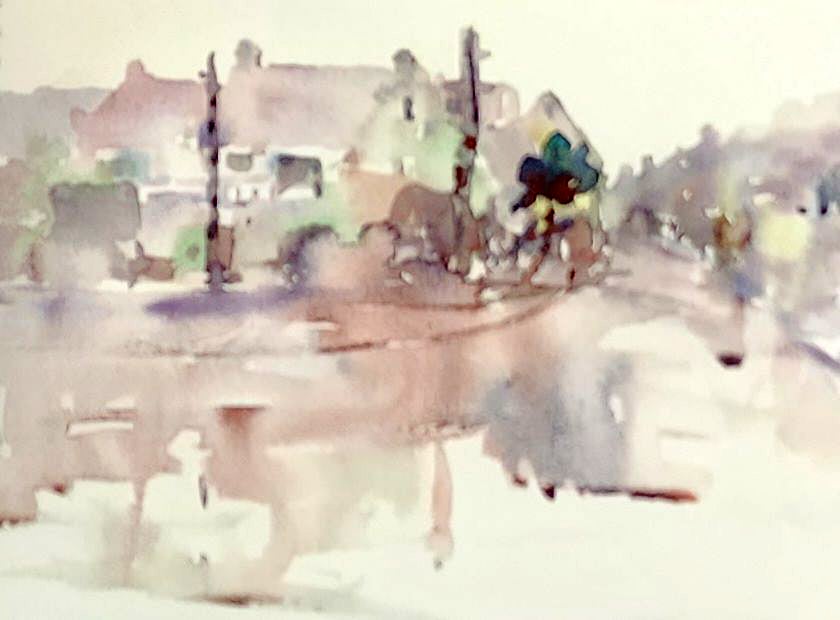
Rainy Street - painting by architect Phung The Huy
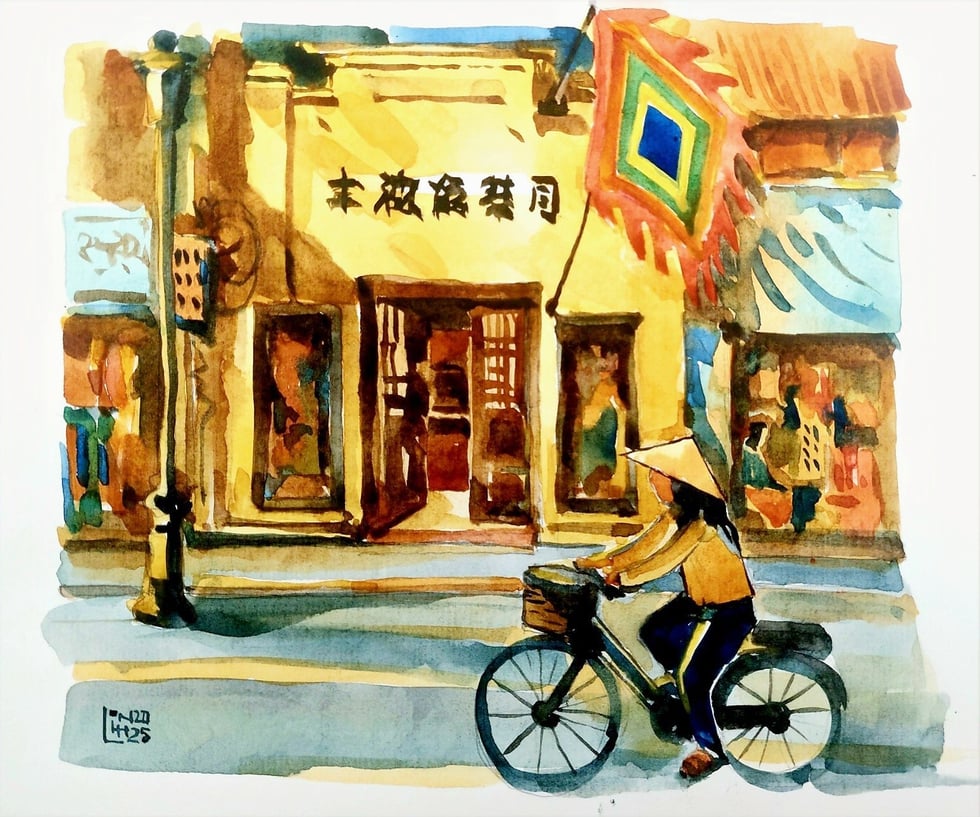
Dong Lac communal house relic - sketch by architect Linh Hoang
Source: https://thanhnien.vn/con-duong-to-lua-hon-400-nam-o-ha-noi-185250614201320239.htm







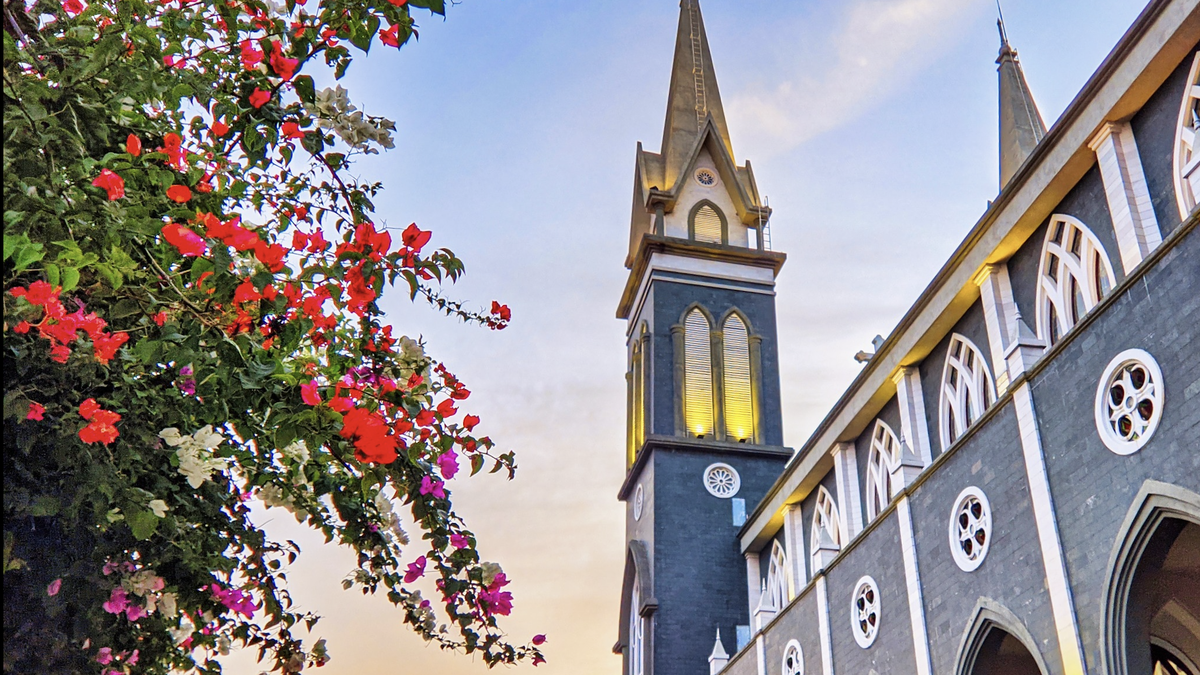



















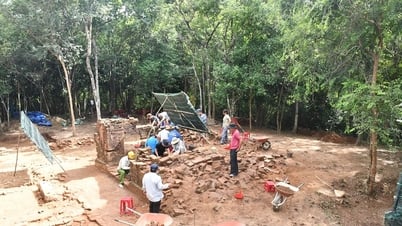

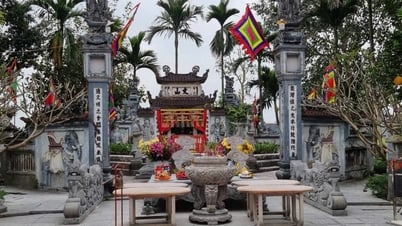

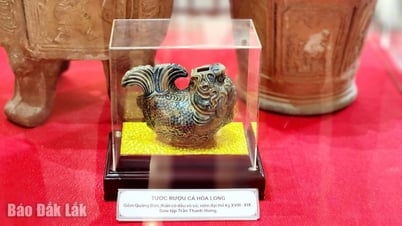

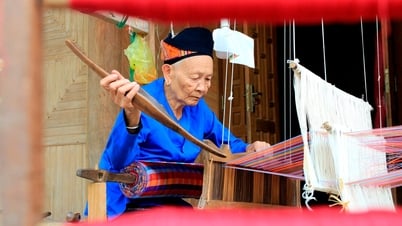




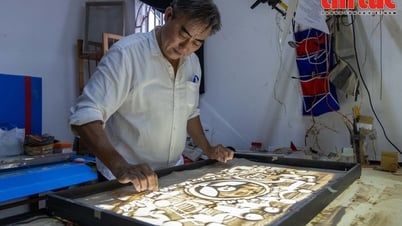










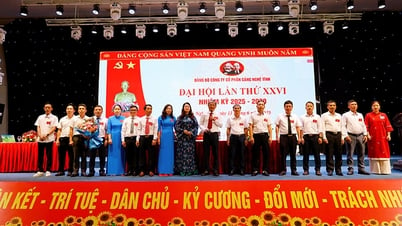


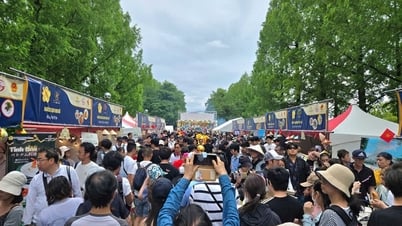







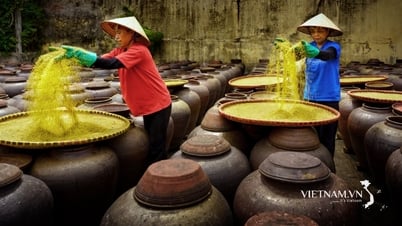













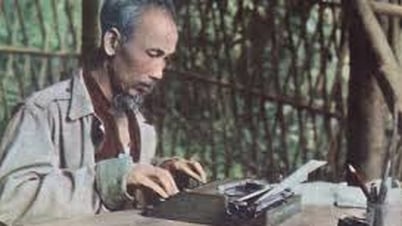















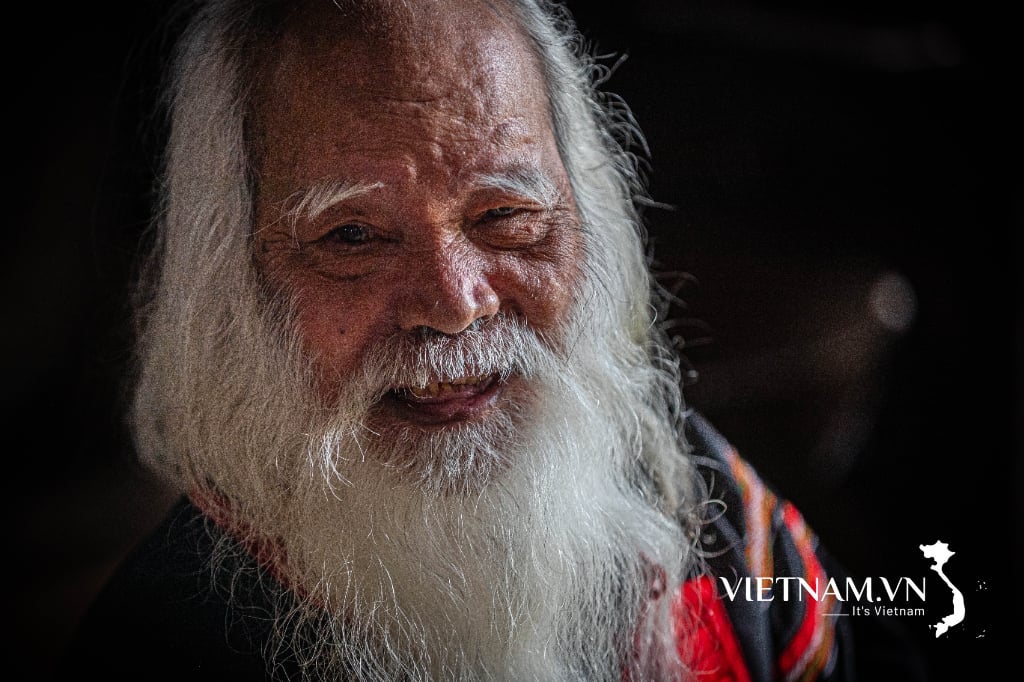



Comment (0)